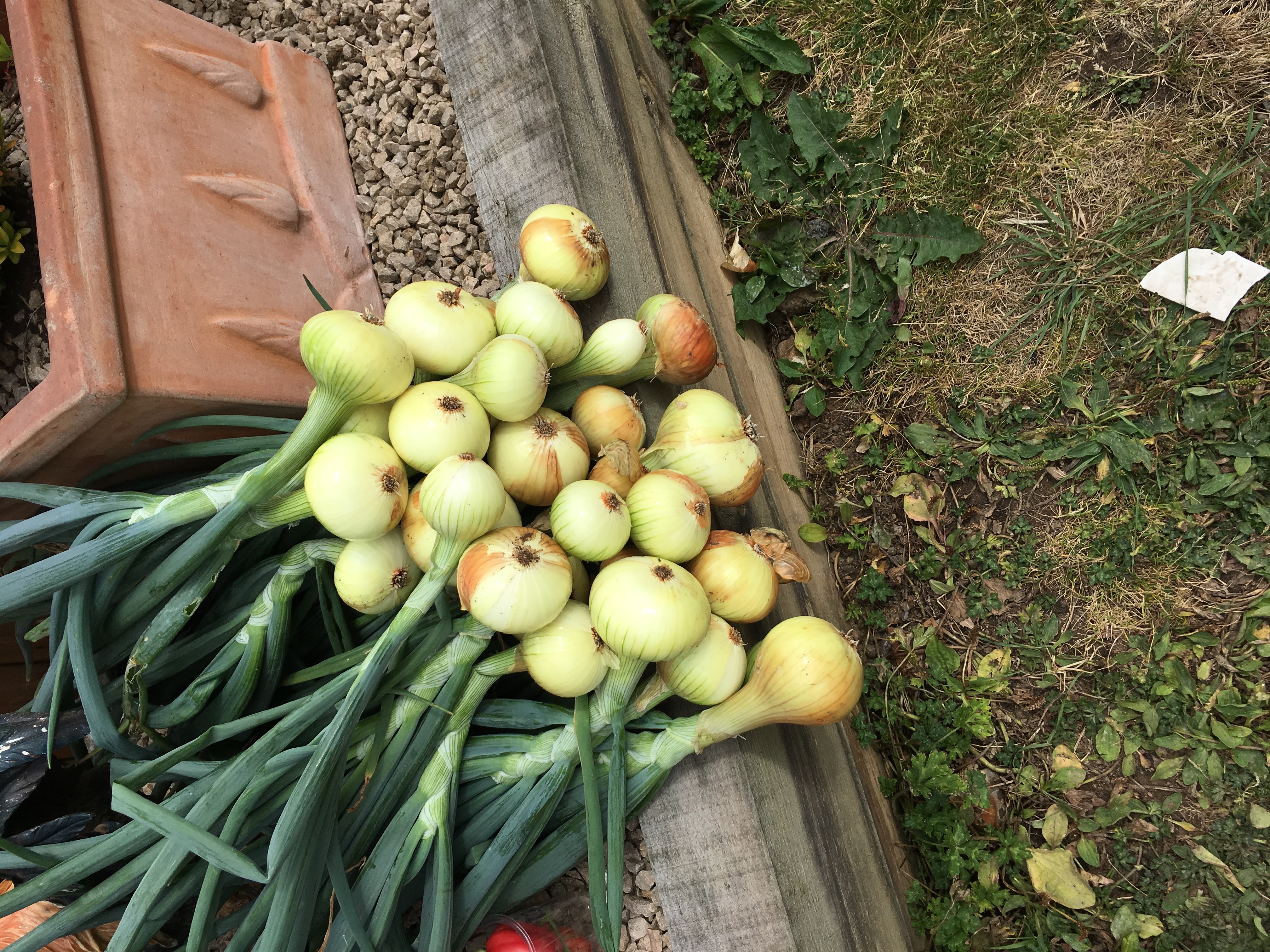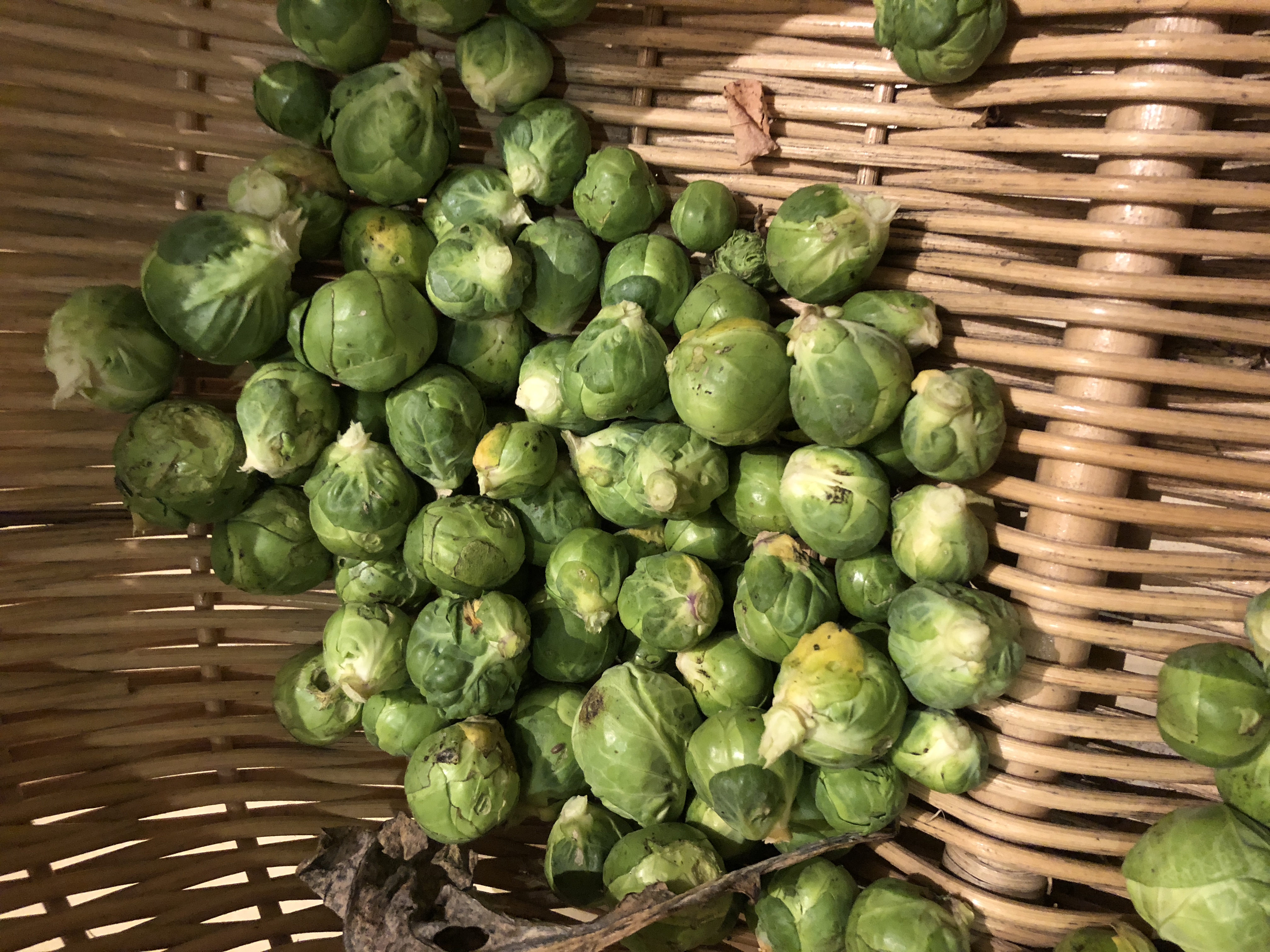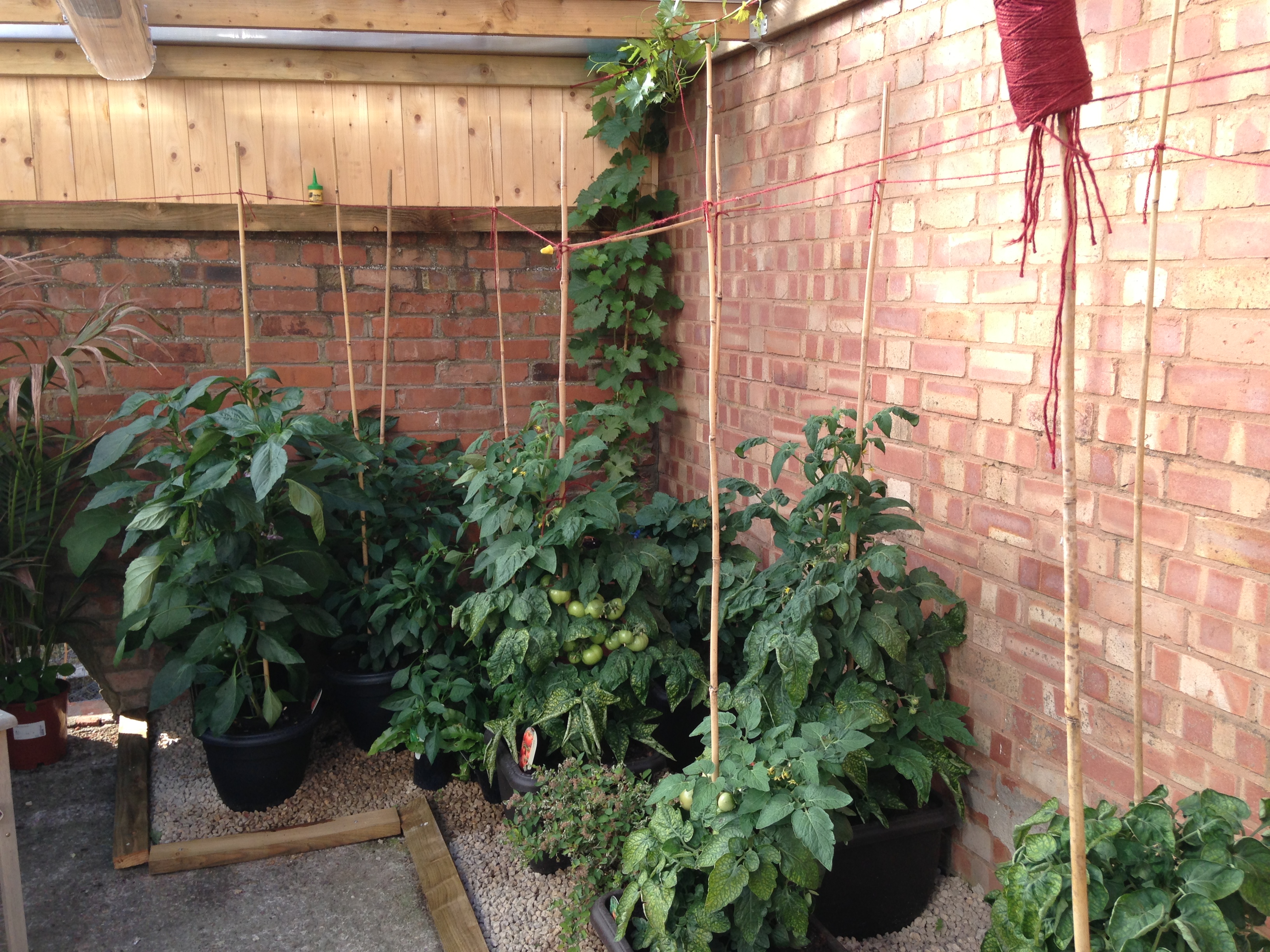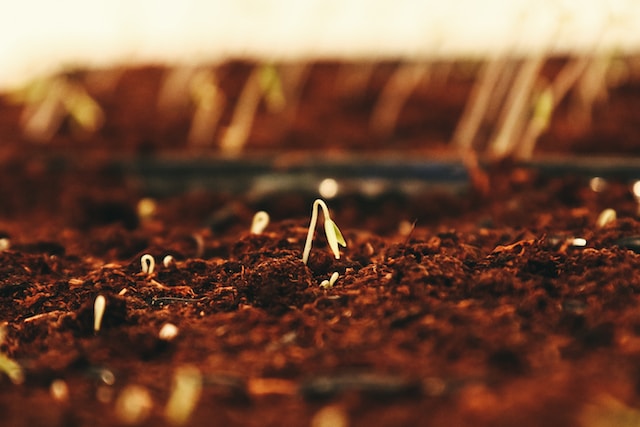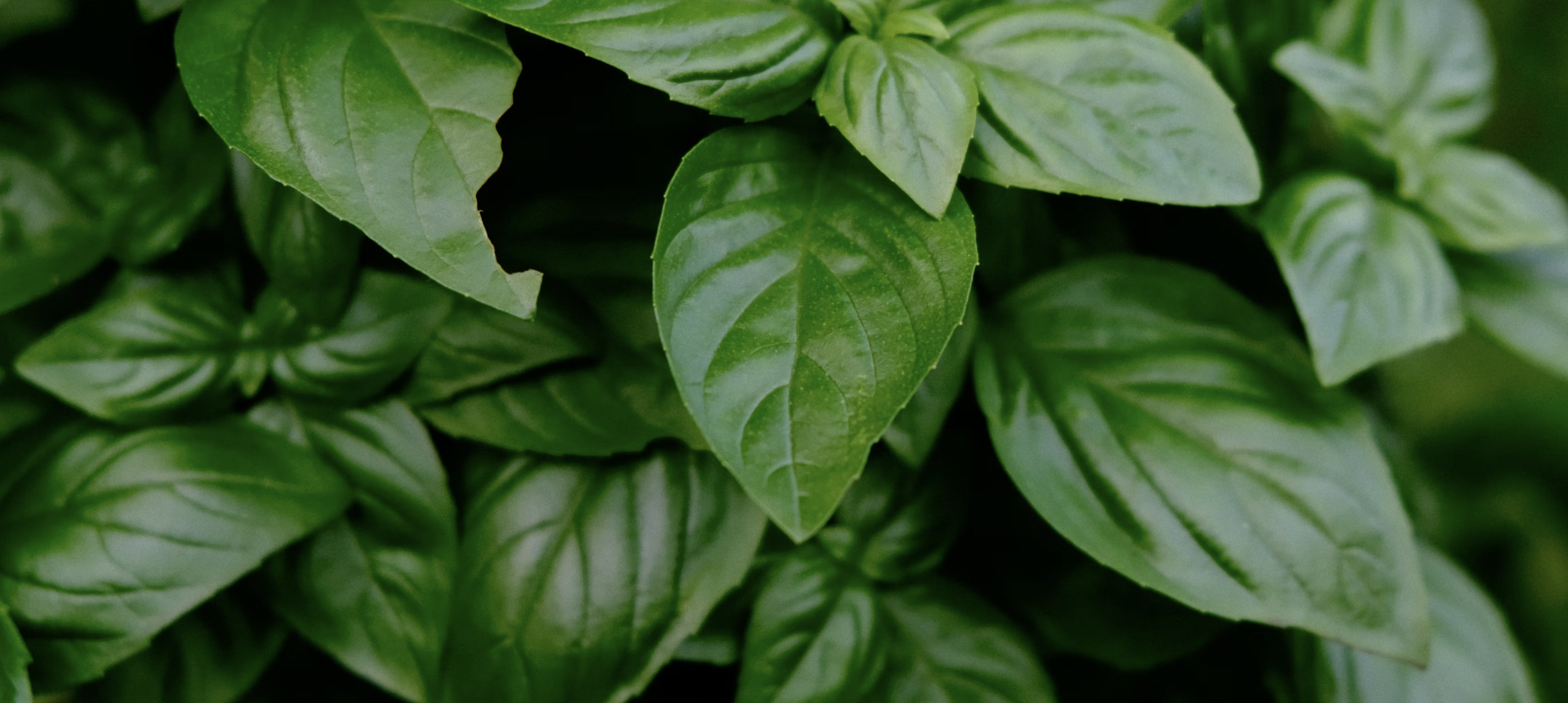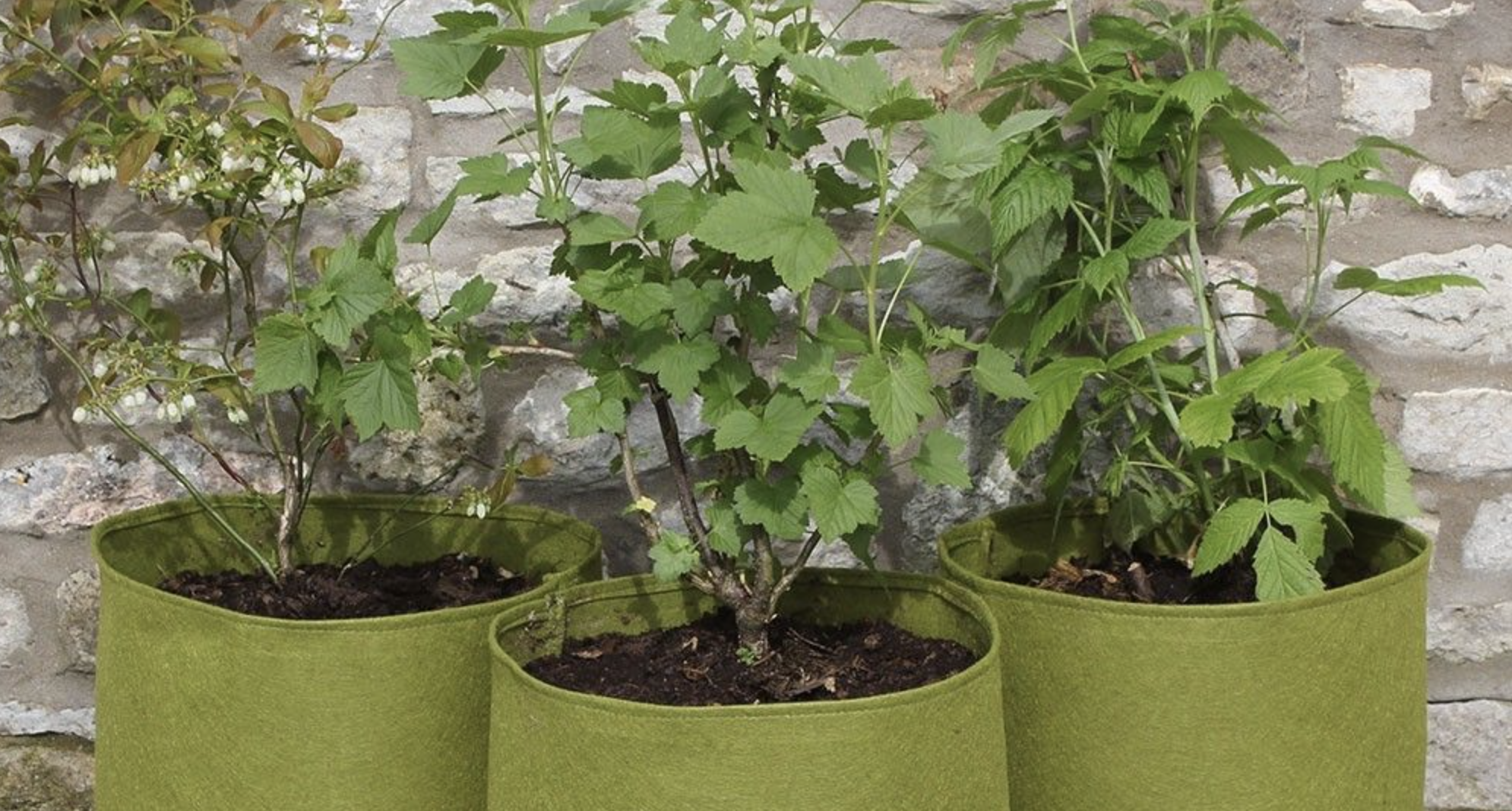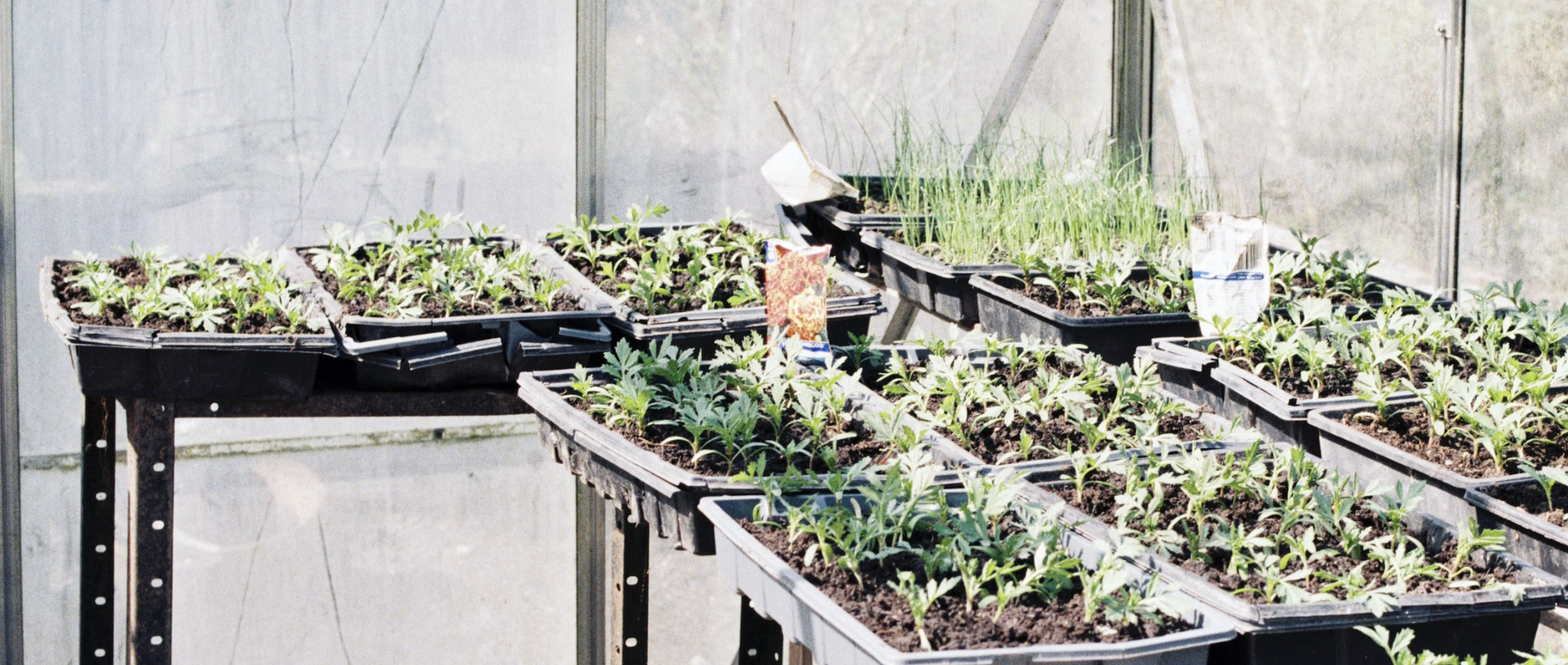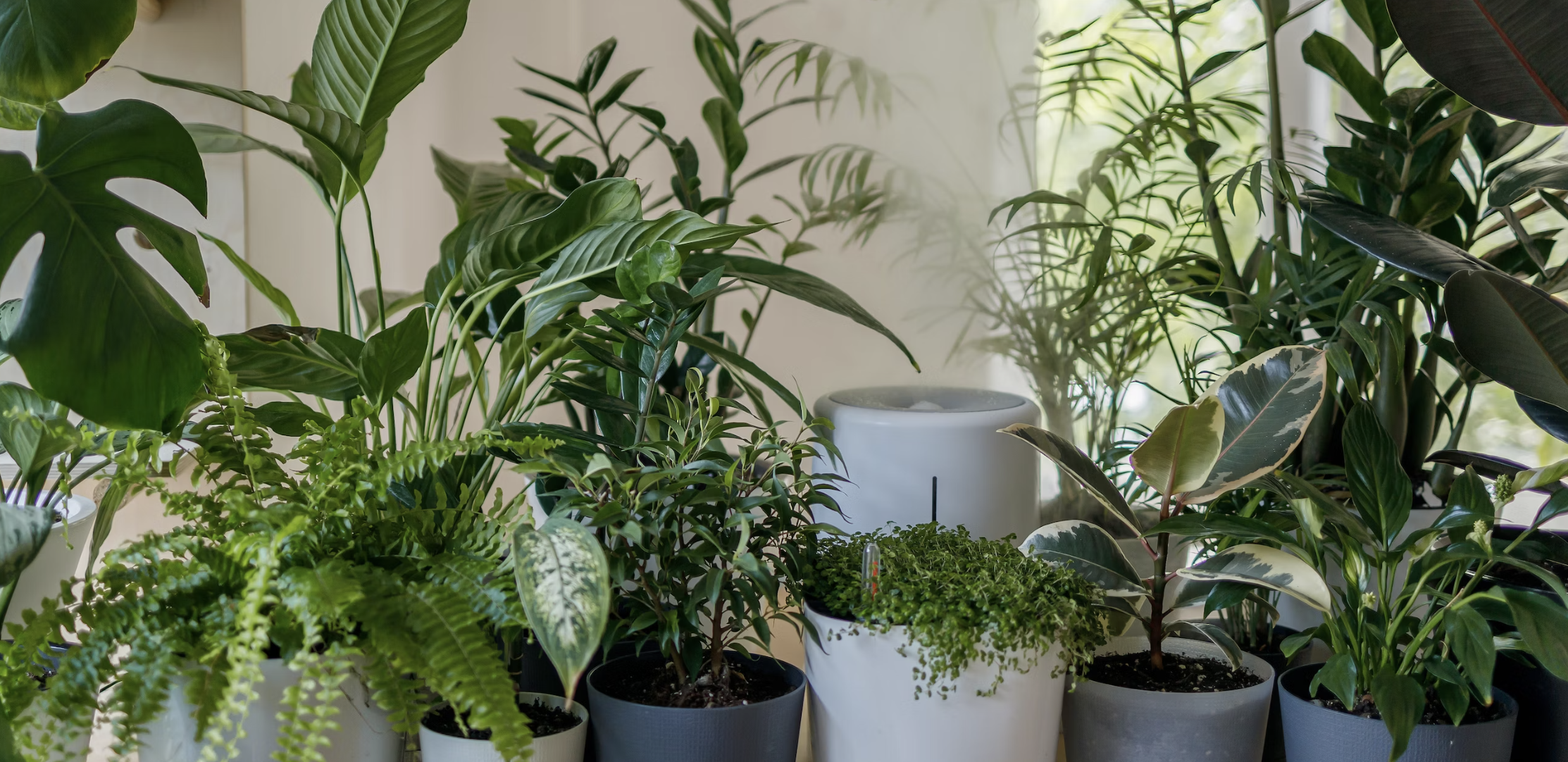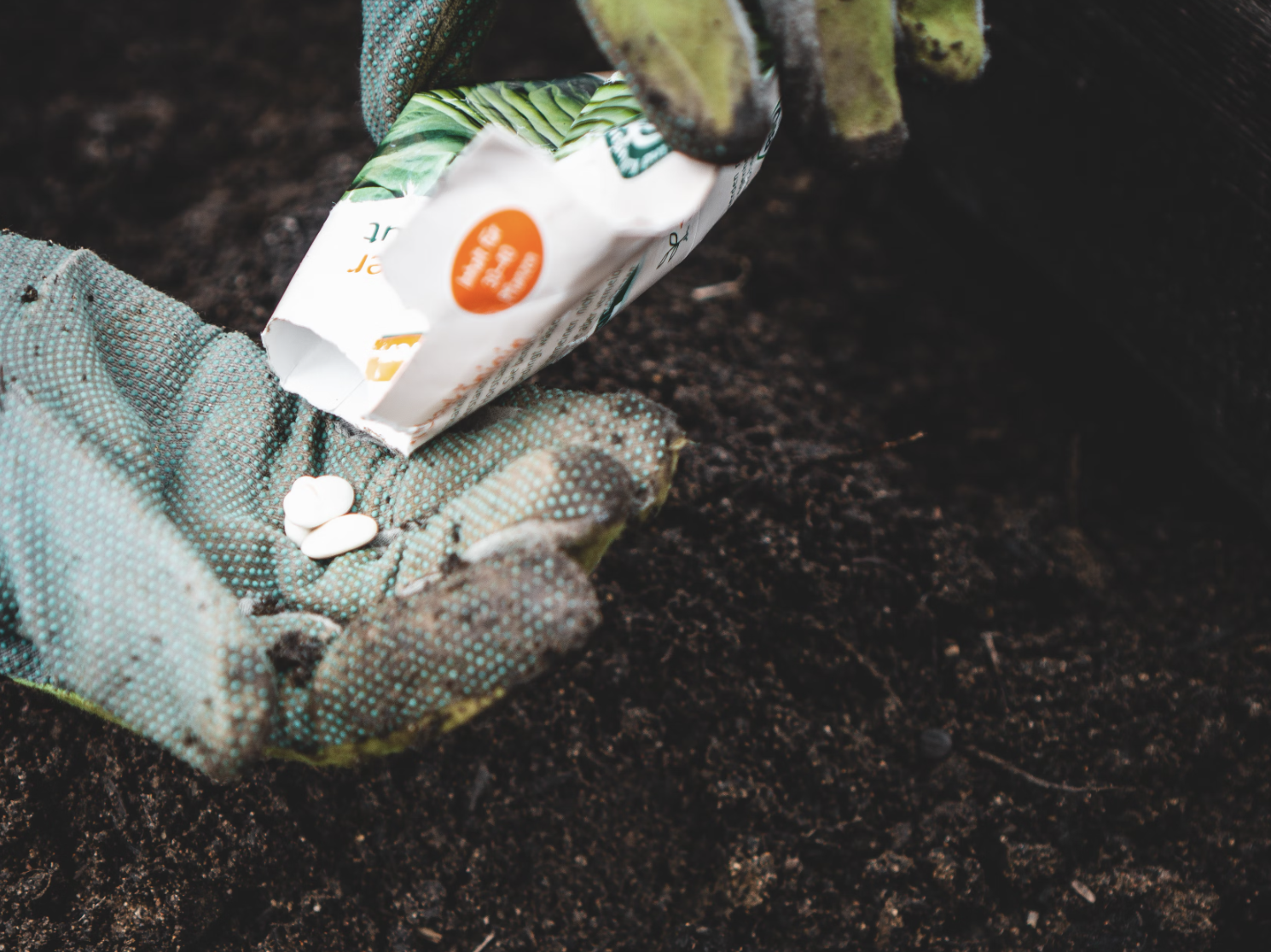
Discover the joy of growing and harvesting your own fresh vegetables with our comprehensive guide, 'From Seed to Plate'. Whether you have a sprawling backyard or a tiny balcony, cultivating your own vegetable garden is a rewarding and sustainable way to enjoy farm-to-table goodness right at home.
In this article, we will walk you through every step of the journey, from selecting the right seeds to harvesting a bountiful crop. Our expert tips and tricks, backed by years of experience, will help you develop a green thumb and achieve success in your vegetable gardening endeavors.
We understand that each garden is unique, so we will cover a wide variety of vegetables, including popular choices like tomatoes, peppers, carrots, and lettuce, as well as lesser-known options that can add a touch of excitement to your plate.
So whether you are a seasoned gardener looking to expand your skills or a complete beginner who wants to dip their toes into gardening, our guide is here to inspire and empower you to grow your own fresh vegetables. Get ready to dig in and embrace the deliciousness that awaits!
Benefits of growing your own vegetables
When it comes to growing your own vegetables, the benefits are plentiful. Not only does it allow you to have access to fresh and nutritious produce, but it also promotes a healthier lifestyle. By growing your own vegetables, you have full control over what goes into your food. You can choose to use organic methods, avoiding harmful pesticides and chemicals that are often found in store-bought produce. Additionally, gardening is a wonderful way to connect with nature and reduce stress levels. The act of tending to your garden can be a therapeutic and rewarding experience, providing a sense of accomplishment and fulfillment.
Planning your vegetable garden
Before you start digging, it's essential to plan your vegetable garden carefully. Consider the available space in your backyard or balcony and determine how much area you can allocate for your garden. Take into account factors such as sunlight exposure and drainage. Most vegetables require at least six hours of direct sunlight, so choose a location that receives ample sunlight throughout the day. Once you have determined the space, sketch out a garden layout, keeping in mind factors such as crop rotation and companion planting. Planning ahead will help you optimize your garden space and ensure a successful harvest.
Choosing the right vegetables to grow
When selecting vegetables to grow in your garden, it's important to consider your climate and growing conditions. Certain vegetables thrive in specific temperature ranges and soil types. Research which vegetables are best suited for your area and choose varieties that are known to perform well. It's also a good idea to consider your personal preferences and culinary needs. Think about the vegetables you enjoy eating the most and focus on growing those. Additionally, consider the space available in your garden and choose vegetables that will fit comfortably within your allocated area. Whether you prefer the classics like tomatoes and peppers or want to experiment with unique options like purple cauliflower or rainbow chard, the choices are endless.
Preparing the soil for planting
The key to a healthy and productive vegetable garden lies in the quality of the soil. Before planting, it's crucial to prepare the soil by removing any weeds, rocks, or debris. Loosen the soil using a garden fork or tiller to improve drainage and aeration. If your soil is lacking in nutrients, consider adding organic matter such as compost or well-rotted manure to enrich it. This will provide essential nutrients to your plants and improve the overall health of your soil. Take a soil sample and have it tested to determine its pH level. Most vegetables prefer a slightly acidic soil, so adjust the pH if necessary by adding lime or sulfur. By preparing your soil properly, you are setting the foundation for a thriving vegetable garden.
Planting and caring for your vegetable seedlings
Once your soil is prepared, it's time to plant your vegetable seedlings. Follow the instructions on the seed packets for optimal planting depths and spacing. Gently dig holes for each seedling, ensuring they are planted at the correct depth. After planting, water the seedlings thoroughly to help them establish their root systems. As your plants grow, provide support by using stakes, cages, or trellises, depending on the vegetable. Regularly monitor your garden for weeds and remove them promptly to prevent competition for resources. Additionally, be vigilant in checking for pests and diseases. Early detection and intervention can save your plants from irreversible damage.
Watering and fertilizing your vegetable garden
Proper watering is crucial for the success of your vegetable garden. Most vegetables require consistent moisture, especially during hot and dry periods. Water deeply, ensuring that the soil is thoroughly soaked. Avoid watering during the hottest part of the day to prevent evaporation. Consider using a drip irrigation system or soaker hoses to deliver water directly to the roots, minimizing water waste. Fertilizing is also essential to provide your plants with the nutrients they need to thrive. Use organic fertilizers or compost to feed your plants, following the recommended application rates. Regularly monitor the condition of your plants and adjust your watering and fertilizing practices accordingly.
Pest and disease control in vegetable gardens
Pests and diseases can wreak havoc on your vegetable garden if left unchecked. Implementing preventive measures and early intervention is crucial to protect your plants. Encourage beneficial insects such as ladybugs and lacewings to control pests naturally. Use physical barriers like nets or row covers to prevent pests from accessing your plants. Regularly inspect your garden for signs of disease, such as discolored leaves or unusual growth. Treat affected plants promptly using organic fungicides or insecticides, if necessary. Proper sanitation practices, such as removing fallen leaves and debris, can also help prevent the spread of diseases.
Harvesting and storing your homegrown vegetables
The moment you've been waiting for has arrived – it's time to harvest your homegrown vegetables! Each vegetable has its own harvesting guidelines, so consult reliable sources or the seed packet for specific instructions. Harvest your vegetables when they are at their peak ripeness. Use a sharp knife or pair of scissors to cut the vegetables from the plant, being careful not to damage the remaining plant or neighboring fruits. After harvesting, promptly store your vegetables in a cool and dry place. Some vegetables, like carrots and beets, can be stored in a root cellar or refrigerator, while others, like tomatoes and peppers, are best enjoyed fresh.
Conclusion and final tips for successful vegetable gardening
Growing and harvesting your own fresh vegetables can be an incredibly rewarding experience. It allows you to savor the flavors of your hard work and enjoy the satisfaction of self-sufficiency. By following the steps outlined in this guide, you can develop a green thumb and achieve success in your vegetable gardening endeavors. Remember to start small and gradually expand your garden as you gain confidence and experience. Embrace the challenges and learn from them, as each gardening season brings new lessons and opportunities for growth. So, roll up your sleeves, grab your gardening tools, and embark on the journey of growing your own fresh vegetables. The deliciousness that awaits is truly worth it!




